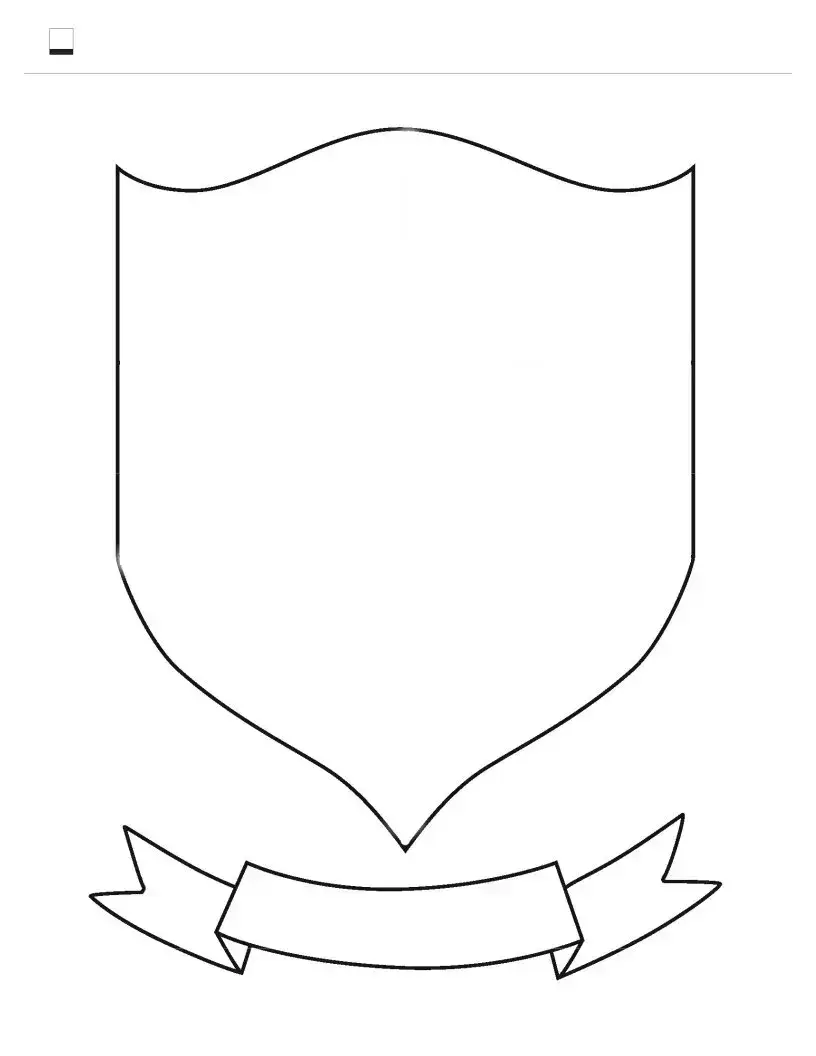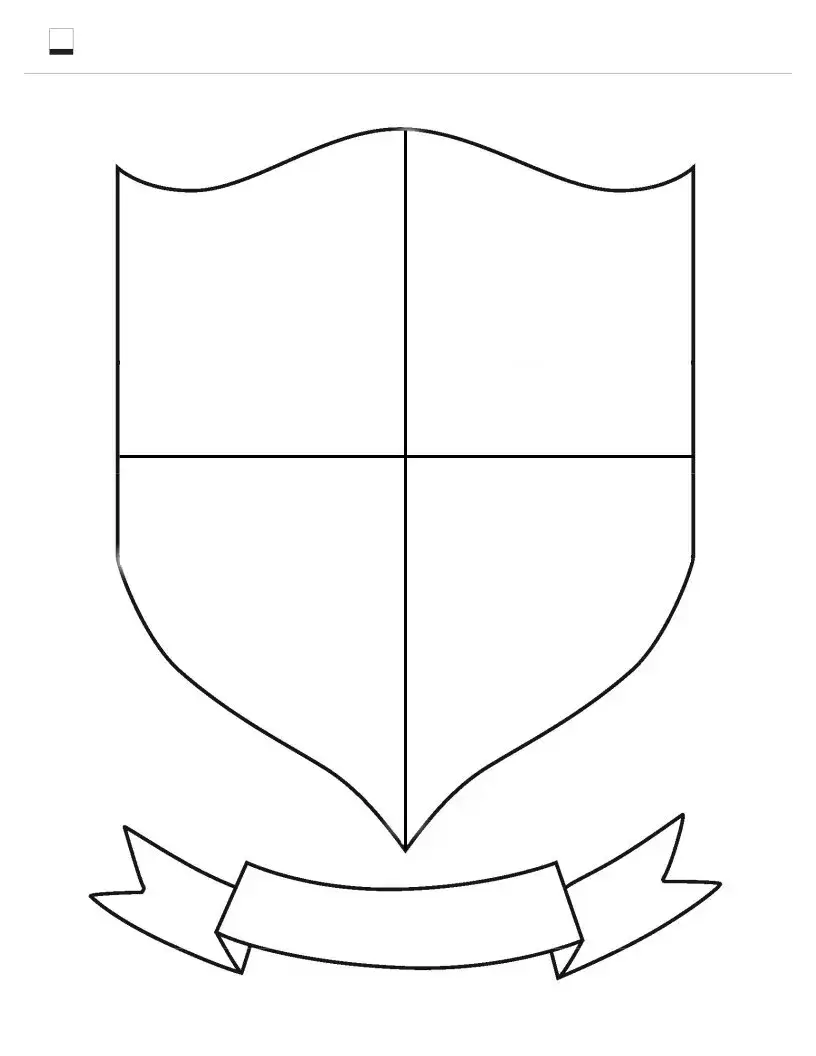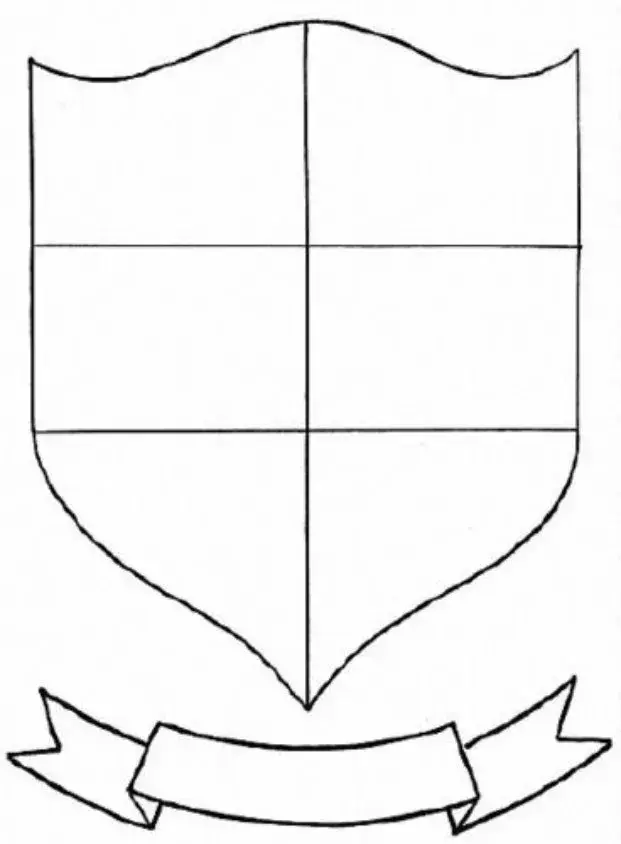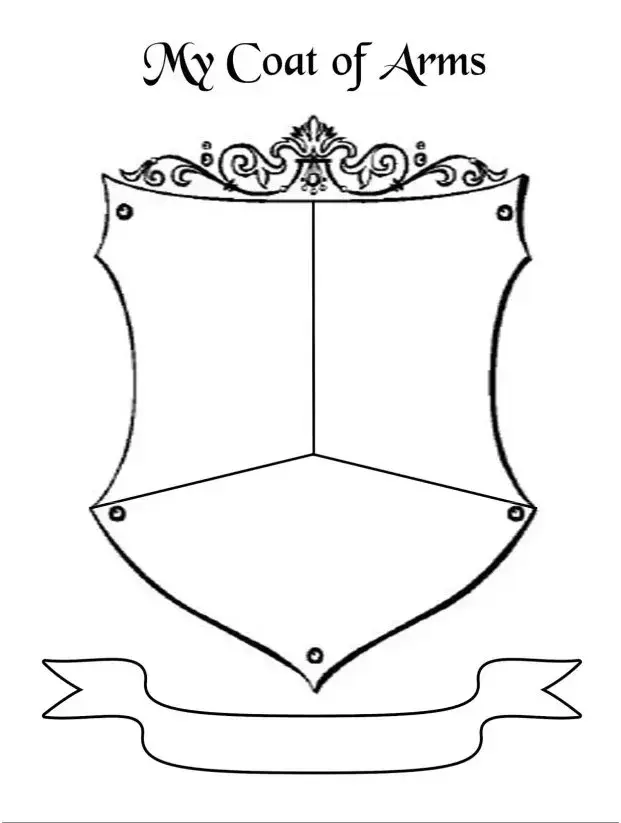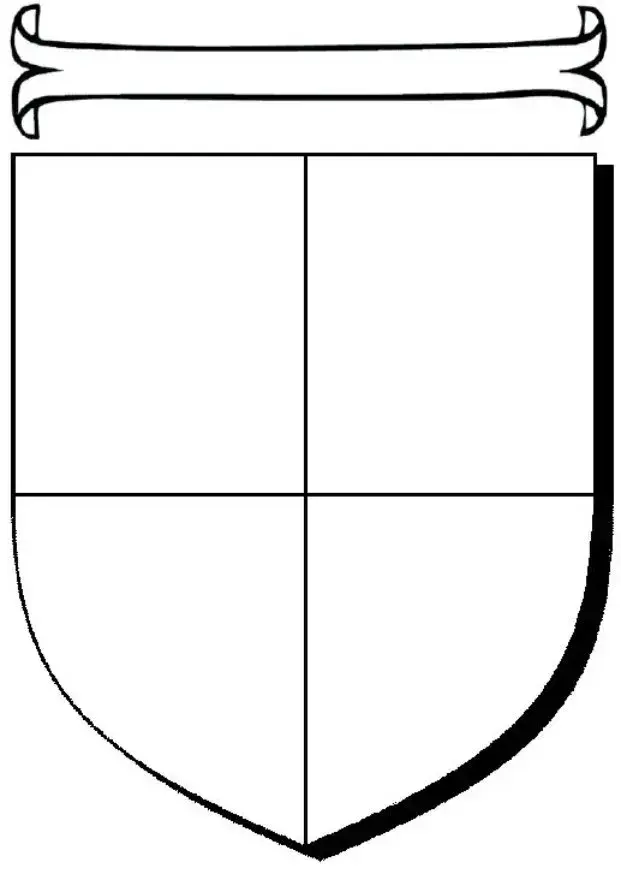What is the purpose of the Coat Of Arms form?
The Coat Of Arms form is designed to document and register a unique Coat Of Arms for an individual, family, or organization. It ensures that the design is officially recognized and can be legally protected against unauthorized use.
Who needs to complete the Coat Of Arms form?
Individuals, families, or organizations wishing to have their Coat Of Arms officially recognized and recorded should complete the form. It's particularly important for those intending to use their Coat Of Arms in a public or commercial capacity.
Where can I find the Coat Of Arms form?
The form is typically available through the official website of the governing body responsible for heraldry in your country. In some cases, it may also be obtained through legal representatives specializing in heraldry and intellectual property rights.
What information is required to fill out the form?
Applicants are usually asked to provide personal identification or organizational details, a description of the Coat Of Arms design, and the history or significance behind the symbols used. Some forms may also require a visual representation of the Coat Of Arms.
Is there a fee to submit the Coat Of Arms form?
Yes, most governing bodies charge a fee for registering a Coat Of Arms. The amount varies depending on the country and the complexity of the design. Fees contribute to the administrative costs of recording and protecting your Coat Of Arms.
How long does it take to process the form?
The processing time can vary significantly based on the governing body's workload and the specifics of the Coat Of Arms. Applicants can typically expect a response within several months. Some jurisdictions offer expedited services for an additional fee.
Can I use my Coat Of Arms before the form is approved?
While it's not illegal to use your Coat Of Arms before approval, doing so without registration can leave it vulnerable to unauthorized use. It's recommended to wait for official recognition to ensure your design is fully protected.
What happens if my Coat Of Arms is similar to another?
If your Coat Of Arms is found to be similar to an existing registration, you may be asked to modify your design. The governing body will usually provide guidance on how to ensure your Coat Of Arms is distinct and eligible for registration.
Can I appeal if my form is rejected?
Yes, if your application is rejected, there is typically an appeals process. The specific procedure depends on the governing body, but it generally involves providing additional information or clarification regarding your Coat Of Arms.
Are there any legal protections for my Coat Of Arms once registered?
Once registered, your Coat Of Arms is protected under the relevant laws of your country, which often include intellectual property rights. This registration deters unauthorized use and provides a legal basis to take action against infringements.

